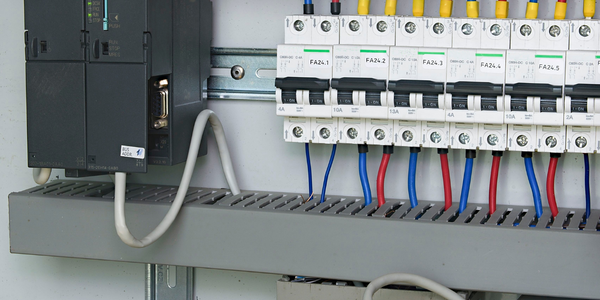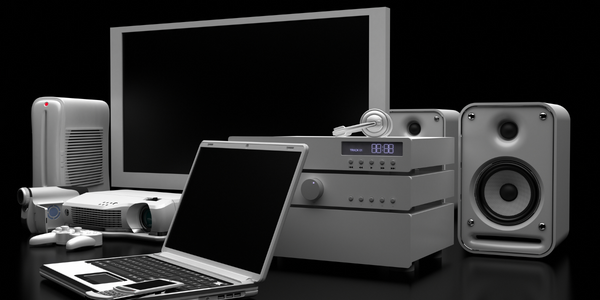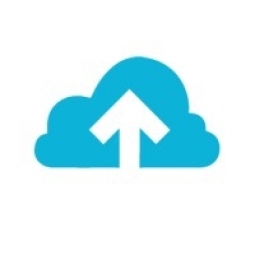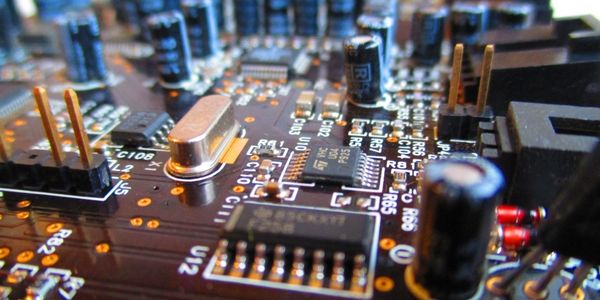技术
- 功能应用 - 计算机化维护管理系统 (CMMS)
- 平台即服务 (PaaS) - 设备管理平台
适用行业
- 电子产品
- 国家安全与国防
适用功能
- 维护
用例
- 行为与情绪追踪
- 篡改检测
服务
- 系统集成
关于客户
该客户是一家拥有超过 15,000 名医疗保健专业人员的地区医疗保健组织。他们每年接待超过 300 万名患者就诊,并依靠数千台联网医疗设备进行患者护理。这些设备生成的数据用于获得更好、成本更低的患者治疗结果。该组织的医疗保健技术管理 (HTM) 团队负责管理这些设备的安全和维护。该团队之前投资了计算机化维护管理系统(CMMS)来管理设备,但发现很难跟踪不断变化的设备情况。
挑战
一家拥有超过 15,000 名医疗保健专业人员和每年超过 300 万名患者就诊的地区医疗保健组织依靠数千台联网医疗设备来提供患者护理。这些设备生成的数据用于获得更好、成本更低的患者治疗结果。然而,如果成功利用导致中断,影响安全和声誉,这些设备的连接也会带来安全风险。医疗保健技术管理 (HTM) 团队希望通过识别其网络连接的医疗设备,同时观察漏洞和召回来降低风险。 HTM 团队投资了计算机化维护管理系统 (CMMS),以尝试捕获组织中使用的所有设备。然而,随着数以千计的设备不断添加、移动到其他位置,然后退役,很难跟踪所有设备。 CMMS 系统并非设计用于通过云或智能手机等移动设备访问系统。
解决方案
Nuvolo OT Security 提供了与医疗保健组织现有设备发现和安全监控工具的开箱即用集成。这种集成用 Nuvolo Connected Workplace 取代了传统的 CMMS 系统,这是一种可通过 Web 或移动应用程序访问的现代化、互联、基于云的解决方案。该解决方案提供了单一可信数据源,每次购买和配置设备时都会更新该数据源。该解决方案将单一库存与安全事件集成在一起,创建了一个情报中心。当安全事件发生时,安全团队不仅知道该派遣谁,还可以根据威胁风险和受影响的设备数量集中精力进行响应。该解决方案还利用来自美国国家标准与技术研究所 (NIST) 漏洞管理数据 (NVD) 等来源的最新安全信息来帮助安全团队评估异常活动。
运营影响

Case Study missing?
Start adding your own!
Register with your work email and create a new case study profile for your business.
相关案例.

Case Study
Remote Temperature Monitoring of Perishable Goods Saves Money
RMONI was facing temperature monitoring challenges in a cold chain business. A cold chain must be established and maintained to ensure goods have been properly refrigerated during every step of the process, making temperature monitoring a critical business function. Manual registration practice can be very costly, labor intensive and prone to mistakes.

Case Study
Predictive maintenance in Schneider Electric
Schneider Electric Le Vaudreuil factory in France is recognized by the World Economic Forum as one of the world’s top nine most advanced “lighthouse” sites, applying Fourth Industrial Revolution technologies at large scale. It was experiencing machine-health and unplanned downtime issues on a critical machine within their manufacturing process. They were looking for a solution that could easily leverage existing machine data feeds, be used by machine operators without requiring complex setup or extensive training, and with a fast return on investment.

Case Study
Cloud Solution for Energy Management Platform-Schneider Electric
Schneider Electric required a cloud solution for its energy management platform to manage high computational operations, which were essential for catering to client requirements. As the business involves storage and analysis of huge amounts of data, the company also needed a convenient and scalable storage solution to facilitate operations efficiently.

Case Study
Leveraging the IoT to Gain a Competitive Edge in International Competition
Many large manufacturers in and outside Japan are competing for larger market share in the same space, expecting a growing demand for projectors in the areas of entertainment, which requires glamor and strong visual performance as well as digital signage that can attract people’s attention. “It is becoming more and more difficult to differentiate ourselves with stand-alone hardware products,” says Kazuyuki Kitagawa, Director of Service & Support at Panasonic AVC Networks. “In order for Panasonic to grow market share and overall business, it is essential for us to develop solutions that deliver significant added value.” Panasonic believes projection failure and quality deterioration should never happen. This is what and has driven them to make their projectors IoT-enabled. More specifically, Panasonic has developed a system that collects data from projectors, visualizes detailed operational statuses, and predicts issues and address them before failure occurs. Their projectors are embedded with a variety of sensors that measure power supply, voltage, video input/ output signals, intake/exhaust air temperatures, cooling fan operations, and light bulb operating time. These sensors have been used to make the projector more intelligent, automatically suspending operation when the temperature rises excessively, and automatically switching light bulbs. Although this was a great first step, Panasonic projectors were still not equipped with any capability to send the data over a network.









